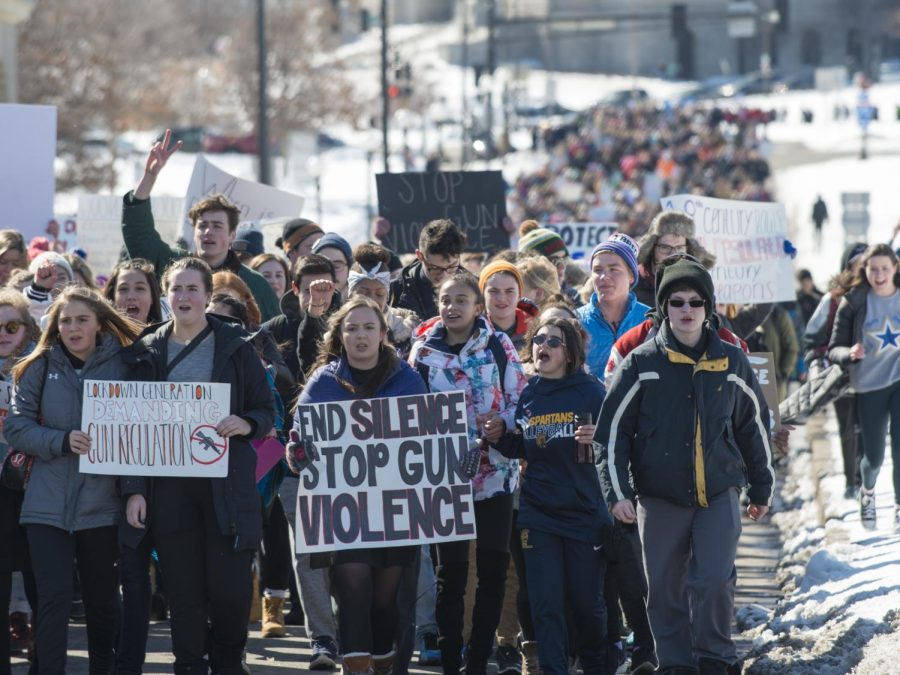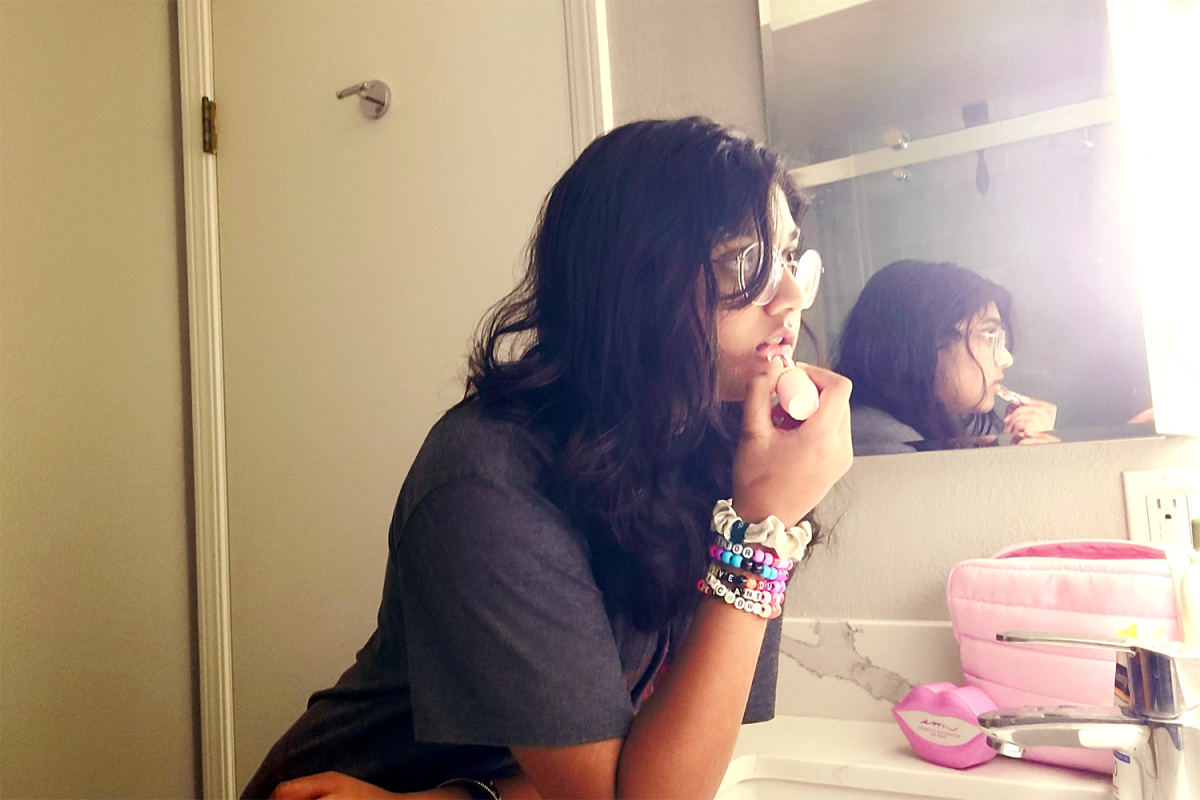The Bipartisan Safer Communities Act and the Assault Weapons Ban have three things in common. One, they are some of the first significant gun control laws enacted in America in the last three decades. Two, they focus almost exclusively on restricting the sale and possession of firearms. Three, they will not go far enough.
The gun violence crisis in America has gotten severely out of hand since its original peak in 1993. In 2020 alone, over 45,000 people died from firearm-related wounds, and there were 610 mass shootings, according to the Gun Violence Archive.
In response to the steady increase, there has been an increase in gun control laws throughout the country, in addition to state-issued laws that put more restrictions on buying and selling firearms. They mainly focus on making it illegal to buy, sell, and possess firearms, but if it were simply that easy, then homicides wouldn’t be a problem.
To be clear, preventing the possession of firearms will help. The laws that make it harder to obtain a gun will help in accidental situations, like kids playing around and finding their guardians’ gun or a firearm accidentally going off. However, firearm possession is the surface-level problem of gun violence, and laws that try to prevent it will not go far enough in reducing gun violence deaths.
The Education Fund to Stop Gun Violence found that poverty, underfunding of schools and communities, homelessness, income inequality, and access to firearms by high-risk people are some of the main reasons for the high number of gun deaths in America. While states with stricter gun laws often see less than the national average in gun violence deaths each year, these states also have more funding for mental health services, education, and poverty.
Take New York, a relatively large state with a dense population. It is ranked in the top 10 for the least gun violence deaths nationwide, with 4.03 deaths per capita. New York is also ranked fifth in mental health services, 10th in education, and slightly above the national average in poverty.
On the opposite end of the spectrum, Mississippi, a much less populated state, has the highest gun death rate in the country, with 22.81 deaths per capita. It is ranked 49th in education, 41st in mental health, and has the highest poverty rate.
Currently, no upcoming laws will improve funding for education, mental health, and poverty on a national level. Without any improvement in these factors, gun violence will continue to be prevalent in America despite efforts to restrict firearms.
Gun violence protests and movements need to start advocating for better mental health services and poverty funding along with firearm restrictions. Laws that will significantly reduce gun violence deaths need to be protested and advocated for in order for them to get created, pass the House of Representatives, and pass the Senate.
Protesting and advocacy work; it can be seen in the March for our Lives, Black Lives Matter, and the Woman’s March. All of those shined a light on prevalent issues in our country and garnered social reactions that eventually led to new laws that helped the issue.
It could be argued that advocation on this issue should wait so we can see what the latest gun restriction laws do. However, even if it did little for gun violence, increasing funding in areas like mental health, education, and poverty will also help in other problematic areas of society.
Tens of thousands of people die each year while lawmakers shoot down gun laws in favor of keeping the peace with the gun industry and Republicans. Improving mental health services, helping communities, and demanding social change in our country should not wait.












